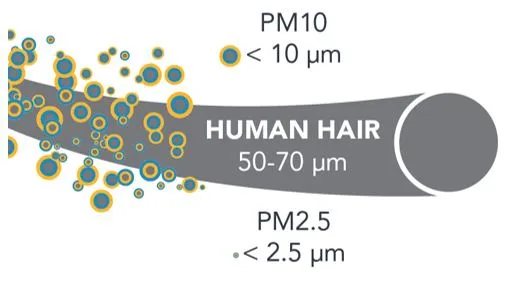

4th July 2024 (10 Topics)
Context
The Lancet study reveals a serious link between air pollution and deaths in Indian cities like Delhi. Pollution particles like sulfur dioxide and nitrogen dioxide can cause respiratory issues like coughing and chest tightness.
Key-highlights of the Study
- Between 2008 and 2019, 7.2% of all deaths (approximately 33,000 each year) in 10 cities in India every year can be attributed to air pollution levels that are below India's national clean air threshold.
- Delhi recorded the highest number of air pollution-related deaths in the study period - a staggering 11.5% i.e. 12,000 deaths each year.
- India's clean air norms are presently well above the World Health Organisation guideline of 15 micrograms in every cubic meter of air.
Fact Box: What is PM 2.5?
|
More Articles




